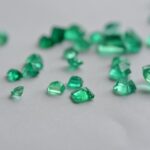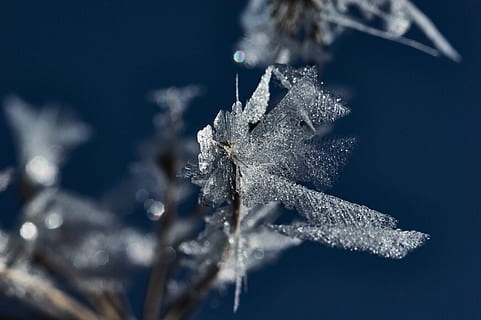
Natural Sapphire Inclusions
Sapphires are another truly wonderful creation of Mother Nature. During the natural creation of crystals of sapphires, various forms of inclusions are created. These natural sapphire inclusions are like birthmarks or fingerprints as those say a lot about the origin and the treatments of the stone.
Inclusions in general are not a bad thing. In fact, sapphires without any inclusions will be viewed with the suspicion of a synthetic stone. There are different types of inclusions and they can have different levels of impact on the beauty of the stone. If a sapphire has inclusions which affects the overall beauty of the stone, the price will be lower than sapphires with no such inclusions.
Why Inclusions Are Important?
Knowledge about inclusions in natural sapphires will help you in two ways. Firstly, you can distinguish between natural sapphires and treated sapphires by observing the inclusions. Secondly, inclusions are the only surefire way to differentiate between natural and synthetic sapphires as well. Since there are big price differences between natural, treated and synthetic sapphires, ability to identify natural inclusions are indeed very important.
Natural Sapphire Inclusions
As already mentioned, different gemstone varieties have inherent inclusions. Some common natural sapphire inclusions are described below.
Cavities
Minuscule holes or voids that runs inside the stone from the surface are called cavities.
Infusing colored liquid glass to these holes is a common treatment types to treat these inclusions.
Needles
Thin long crystals or tube inclusions appear as needles. The colorless needles do not impact the color of the stone but can affects the reflections. If the needle has a color such as brown, it can have a negative effect on the color of the gemstone as well. If the needle is located close to the table of the stone, it will be easily visible.
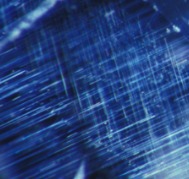
Color Zoning
Alternating color bands or areas created inside the stone during the formation is called color zoning. These bands are more visible in rough gemstones. These inclusions are not visible in most faceted stones as light reflections cover the color differences. But, dipping the faceted stones in a bit of water in a white background will enable you to see these zones.

Feathers
Very small fractures inside a stone are called feather inclusions due to its appearance and white color, which resembles a feather. Small inclusions do not have any impact on the beauty and the structural strength of the stone while comparatively bigger feather inclusions can impact both.
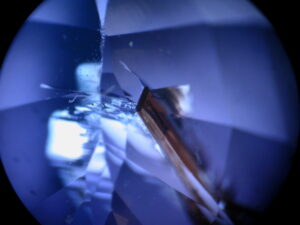
Fingerprints
During the formation, sapphires recrystallize to partially heal a fractured zone. This can create networks of minuscule liquid filled tubes which looks like human fingerprints. Fingerprint inclusions in sapphires are usually small can do not impact the beauty or the strength of the stone.
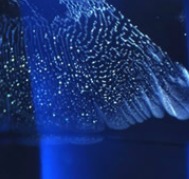
Halo Fractures (Discoid Fractures)
Halo like oval or round fractures which occur around a solid or liquid inclusion are called halo/discoid inclusions. The cause of these inclusions are either the high temperatures during heat treatment or the stress created during radioactive decay of tiny zircon crystals.
Mineral Included Crystals
Different types of minerals get stuck inside sapphire during the formation. These minerals can appear light, dark, opaque or transparent. Some minerals found inside sapphires are hematite, zircon, spinel, apatite, fluorite calcite, dolomite and mica. Dark or brown color crystals reduce the color quality of the sapphire while white crystal inclusions do not affect that much.
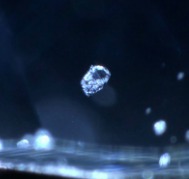
Liquid Inclusions
Gemstones sometimes contains patches of liquid inside the stone which are termed as liquid inclusions. In the case of sapphires, it can be determined that the stone has not undergone heat treatment in the presence of carbon dioxide fluid inclusions.
Silk
This is one of the most common inclusions seen in sapphires. These are rutile needles which looks like silk fibers. The presence of a large amount of silk can reduce the transparency and also the quality of the color of the stone.
The sapphire which demonstrate asterism, gets that effect from silk inclusions.
A moderate amount of silk can actually improve the light reflections inside a stone and enhance its brilliance.
More images of natural and treated sapphire inclusions can be found here.
Final Thoughts
As there are many synthetic and treated sapphires in the market, ability to identify natural gemstones is important. As explained, natural sapphire inclusions are the best method in doing so.
p.s. You might also be interested in the following article.



